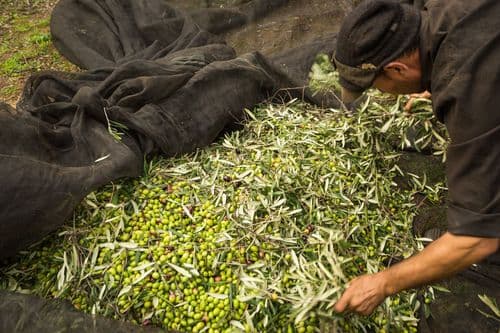Key Points
- Shift from efficiency to regeneration: materials are part of living systems, not tools to optimise.
- “Sustainable” means place-based cycles (sometimes made to compost), not just low-carbon checklists.
- Care settings (birth rooms) show stakes: non-toxic, calming, culturally attuned materials shape outcomes.
- Digital counts: AI and cloud have material footprints; designers must clean up workflows.
- Roadmap: circular, local, transparent supply chains and multi-species collaboration as default.
Full Interview with Marjolein Pijnappels
1. Your practice often treats materials as agents within ecosystems rather than passive resources. How does this perspective shift the way you define innovation in materials?
What are ‘materials’ really, but an umbrella term for living beings, technologies, environments, and all the hybrids in between? Materials are often considered tools or things to use. If we shift our way of thinking from ‘thing’ to something you can have a relationship with, that has a voice, that changes how we innovate, how we use, create and relate to materials and products. Bruno Latour’s ‘Parliament of Things’ is an idea that calls for a new form of democracy where not only humans, but also non-human entities have representation. Think animals, plants, but also objects and non-living entities. Innovation in collaboration with a parliament of things is not about efficiency, linear progress and optimisation in service of humans, benefiting those at the top of the food chain. Innovation means adapting, collaborating, strengthening the collective. For materials that means seeing materials not as a product, but as part of that collective. Something that shapes you as much as you shape it.
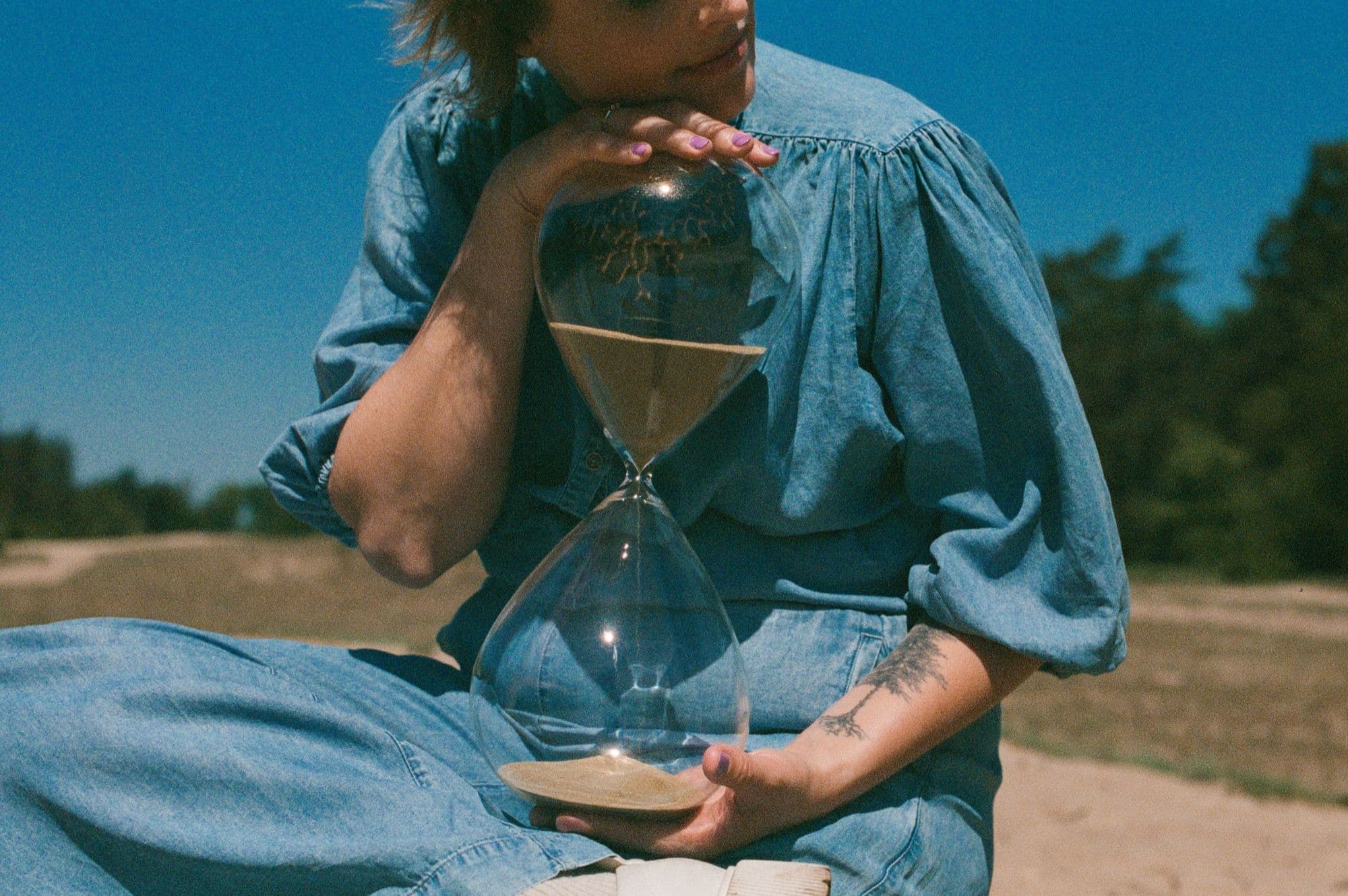
2. In Re-Syncing Humans to Habitats, material choices were guided by ecological principles. How did this project help you refine your vision of what “sustainable” materiality really entails?
In Re-Syncing Humans to Habitats, I explore the impact of humans disconnecting from biological cycles and ecosystems and how we can recalibrate to the polyrhythmic cycles of other species, our direct environment, and our planet. With this in mind, sustainable materials are not simply low-carbon or recyclable solutions, it's about embedding what we create within the cyclical logic of ecosystems. Instead of framing sustainability as minimising harm, I emphasise regenerative processes rooted in place and time. Sometimes, materials should be made for composting, not permanence. I use the Biomimicry for Sustainability Framework by Lazsara Ilieva to understand materials based on nature’s principles.
Jane Benyus’ definition of biomimicry asks how nature solves design challenges, like desert beetles collecting moisture or forests purifying water. Ilieva distinguishes between ‘strong’ biomimicry (where nature is a catalogue to extract from) and ‘weak’ biomimicry, which I apply, a biosynergetic approach where nature is a mentor, not a resource. The Sahara Forest Project exemplifies this: saltwater-cooled greenhouses mimic the Namib Desert beetle to produce food in arid zones, regenerate land, and create jobs, working like an ecosystem: no lasting pollutants, high biodiversity, nutrient-rich agriculture, and solar-powered energy loops.

3. Birth Futures foregrounds care and human experience. How did this context shape your thinking about materials not only as sustainable but also as supportive to the body and its environment?
Birth Futures explores care ecosystems across India, the Netherlands, and Peru. Materials and technology shape the birthing experience in massive ways. Think of the fluorescent light above the hospital bed, or the feel of plastic gloves as a baby’s first touch. In Birth Futures, materials are part of a care system, attending to physical, emotional, and cultural needs. Materials become agents for biosynergy.
Midwifery professor Ank de Jonge speaks of ‘watchful attendance’, a midwife’s presence without intervention. But because this care has no material form, it often lacks recognition in formal healthcare systems. Truly sustainable birth design must integrate these immaterial, emotional, and symbolic aspects into material choice and spatial design. This involves designing spaces and selecting materials that are not only non-toxic and calming but also culturally attuned, making birth safer, gentler, and more empowering.
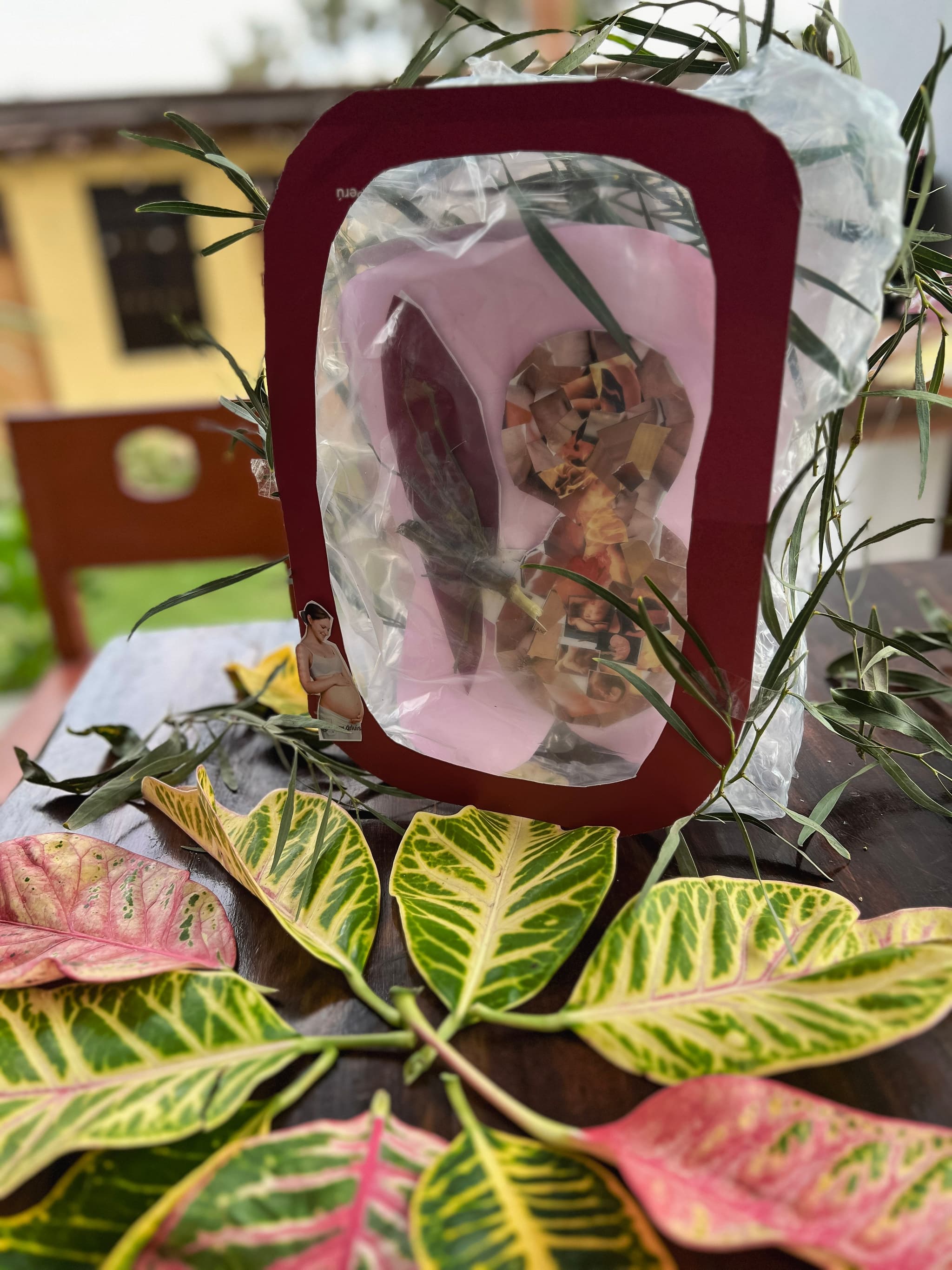
4. Many approaches to sustainable design focus on efficiency and reduction. How do you push beyond that to embed regeneration and relationality in your material philosophy?
Ultimately, all the material that makes up planet Earth has always been here. We are the Earth, and so are all the materials around us. My philosophy focuses on materials as participants in living systems. They flow through our bodies, environments, and lifecycles. Regenerative material flows are not just about durability, but about how materials weave into social and ecological relationships, continuously renewing and adapting through collaboration and mutual impact.
5. When evaluating a material, do you prioritise its technical performance or its ecological embeddedness, and how do you navigate that tension in practice?
Great question. I’d love to say that I always prioritize ecological embeddedness and sustainability, but navigating sustainable materials is tough. Production processes aren’t always transparent, local availability is sparse (I live in a small town), and sourcing second-hand isn’t always an option. Aesthetics are very important to me, the way a material feels or how the light hits it. Checking all the boxes is a challenge. I love to work with natural materials, materials with a story, and materials that evoke wonder. I find myself choosing a mix of recycled or second-hand materials, naturally sourced materials, and new materials for my workshops and art practice.
A lot of my practice takes place in the digital realm, when preparing webshops, creating visuals, and art. It is even harder to make conscious choices here because determining the ecological cost for cloud computing, digital creation, and not to mention AI models, is not very transparent. It feels like digital materials are not material at all, but of course, they are. A growing body of research shows the energy demand of AI is comparable to that of some nations. For designers, this asks us to make our digital workflows more conscious, efficient, and transparent. Navigating ecological embeddedness in digital work means ongoing research, openness to alternatives, and striving to make my digital workflow as conscious and efficient as possible.
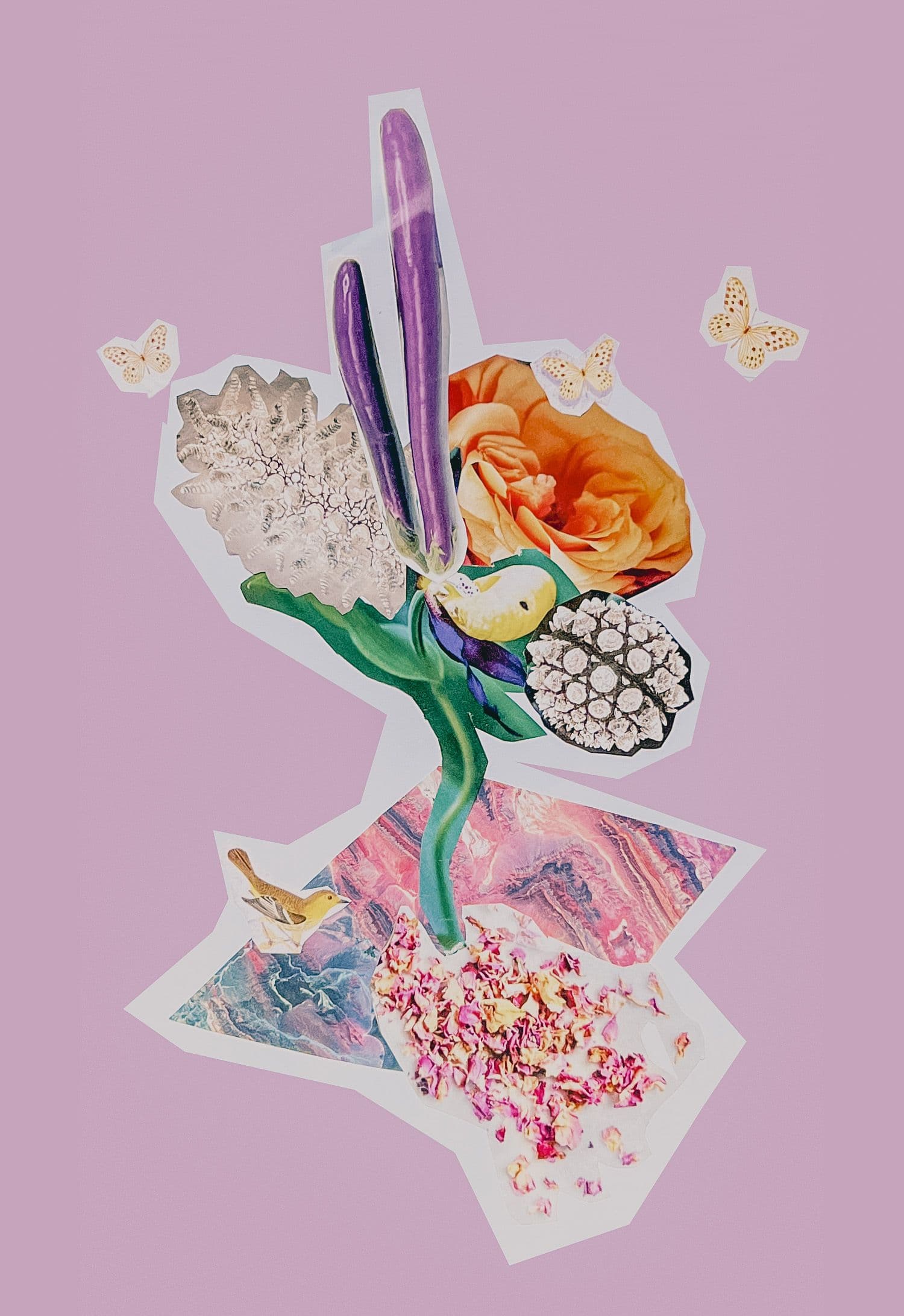
6. Your manifesto draws on myth and narrative. How can symbolic or cultural dimensions of materials open up new ways of imagining future design?
Humans are story animals. Our material choices are embedded with cultural narratives. What we call ‘normal’ is just a story that became dominant. Alternative stories can reveal plural futures sustained by Indigenous knowledge or ecological memory. Donna Haraway’s ‘storytelling for earthly survival’ invites us to tell multispecies stories, where materials are not just objects, but relational beings. This opens up design as world-building. The way we speak of and design with materials must reflect new myths and worldviews that align with a more just, entangled, and co-created future.
7. Re-Syncing Humans to Habitats emphasised non-toxic, recyclable materials. What did that project reveal about the practical challenges of aligning ecological ethics with industry standards?
It showed the need for a radical shift in value systems, regulatory structures, and political will. Industries prioritize efficiency and profits, leaving little room for relational ethics or multi-species collaboration. Historically, change follows crisis. In this speculative future, sea level rise floods half of the Netherlands, prompting change. It’s unrealistic, yet possible. Without major adaptation, such disasters may happen. Incremental changes are no longer enough, we need bold transitions.
8. In Birth Futures, the material is not the core innovation but still frames care environments. How do you ensure your philosophy of regenerative materiality carries through even in projects where materials are a secondary layer?
Materials are selected as part of a living system, supporting health, emotional well-being, and cultural contexts. This includes non-toxic, natural, and biophilic materials. In Peru, many Indigenous women give birth at home due to cultural dissonance, racism, or financial barriers. Symbolic materials help validate cultural practices like upright birthing or customary foods. Embedding materials in care ecosystems makes their cultural and symbolic power visible and actionable.
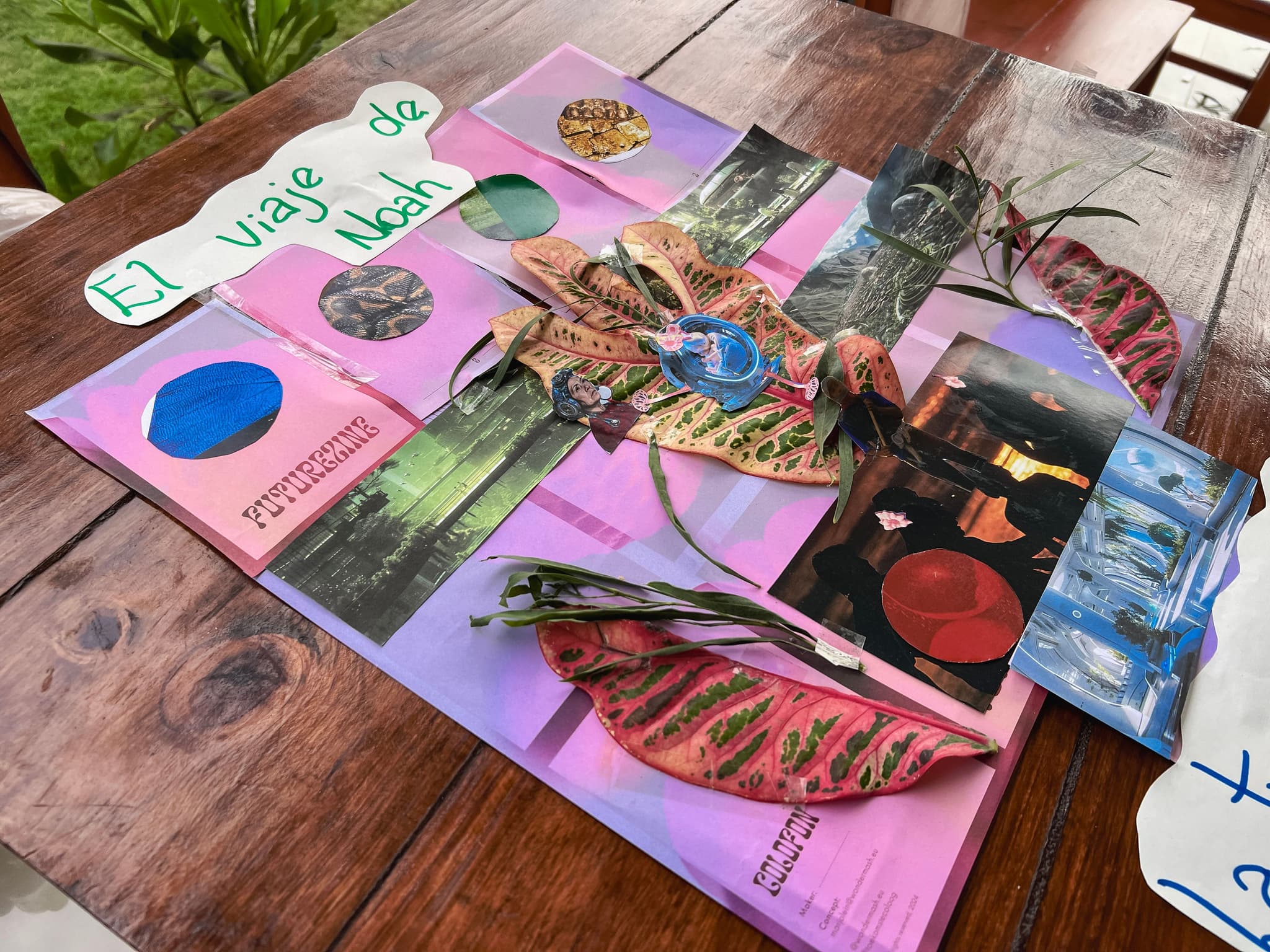
9. How do you see the role of multi-species collaboration in shaping the future of material innovation?
Multi-species collaboration is the only future-proof strategy, in healthcare, city planning, agriculture, and more. Nature forms the foundation of the wedding cake model from the Stockholm Resilience Center: nature is the base, society sits atop it, and economy is the smallest layer. If nature fails, so does everything above. Working with other species is the most rational, economically viable, and ethical strategy.

10. In speculative projects, you often blend ecology and technology. How do you imagine future materials evolving to support both digital systems and ecological networks simultaneously?
Future materials will dissolve the boundaries between nature and tech, organic and synthetic. Humans are already hybrid techno-beings, and non-human species have tools and societies. The digital world is material. I imagine houses grown from living materials, animals, plants, and humans forming ethical, regenerative loops, and localized tech that is community-owned and accessible.





